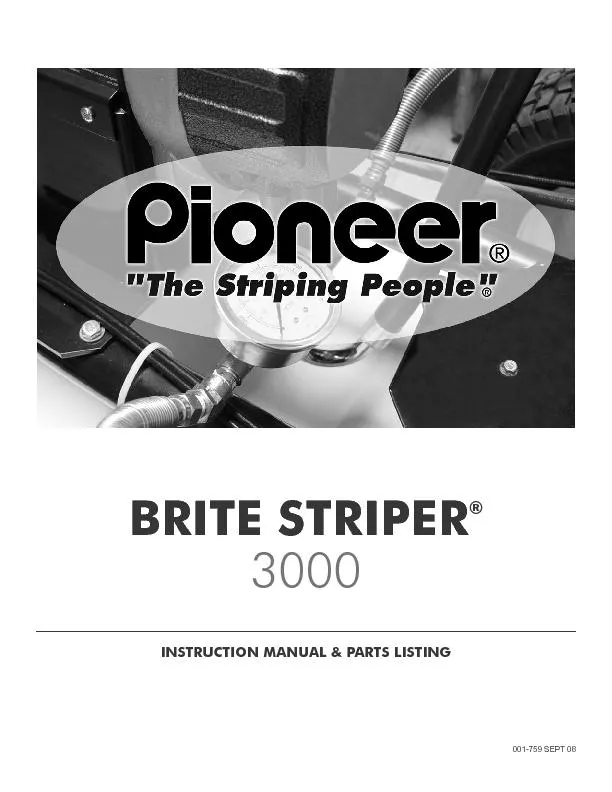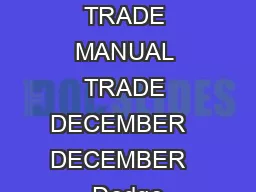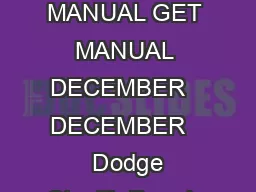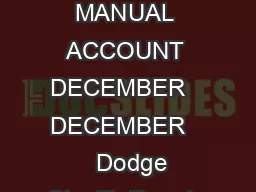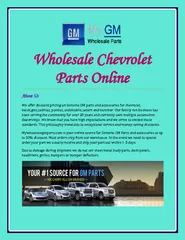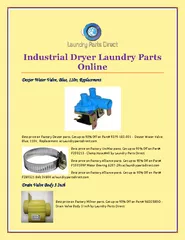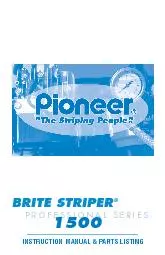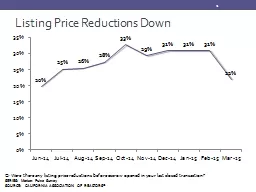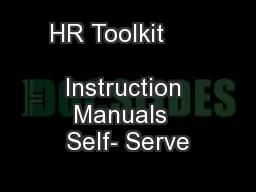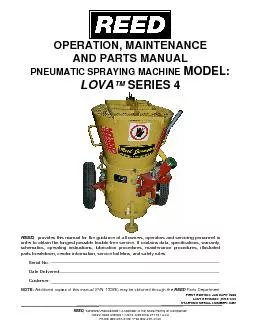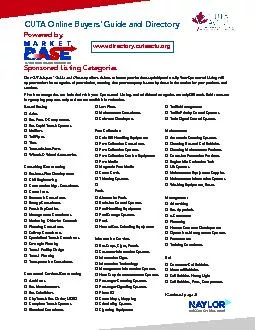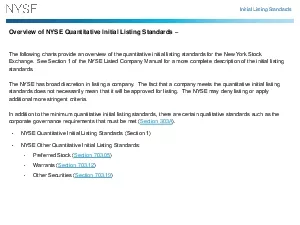PDF-INSTRUCTION MANUAL & PARTS LISTING
Author : olivia-moreira | Published Date : 2016-08-08
001759 SEPT 08 TABLE OF CONTENTS Safety Warnings 11 Airless Spray gun Assembly Airless Spray Gun Troubleshooting Rev Tips Field Troubleshooting Servicing Outlet
Presentation Embed Code
Download Presentation
Download Presentation The PPT/PDF document "INSTRUCTION MANUAL & PARTS LISTING" is the property of its rightful owner. Permission is granted to download and print the materials on this website for personal, non-commercial use only, and to display it on your personal computer provided you do not modify the materials and that you retain all copyright notices contained in the materials. By downloading content from our website, you accept the terms of this agreement.
INSTRUCTION MANUAL & PARTS LISTING: Transcript
Download Rules Of Document
"INSTRUCTION MANUAL & PARTS LISTING"The content belongs to its owner. You may download and print it for personal use, without modification, and keep all copyright notices. By downloading, you agree to these terms.
Related Documents

